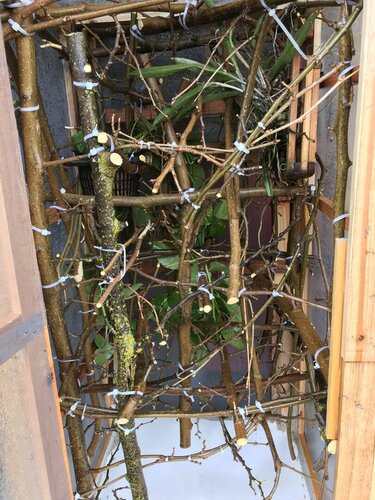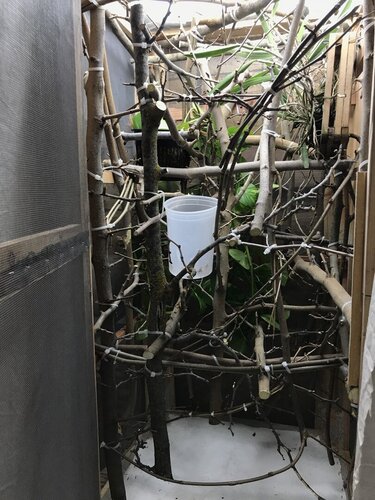MissSkittles
Chameleon Enthusiast
As always when incorrect, I welcome being educated and corrected.I see this alot, am curious where it stems from?
Veiled Chameleons are from Tihamah, in Yemen, its the Western Coastal Plains, and is 100% Tropical. They may be found in other areas of Yemen as well, of that I dont know I know little about Veileds, they are not a favored species of mine. I do know they are also found and have became invasive in Tropical Florida, and Tropical Maui. If you have any sources of them living outside of Tropical Conditions I would love to see it.






